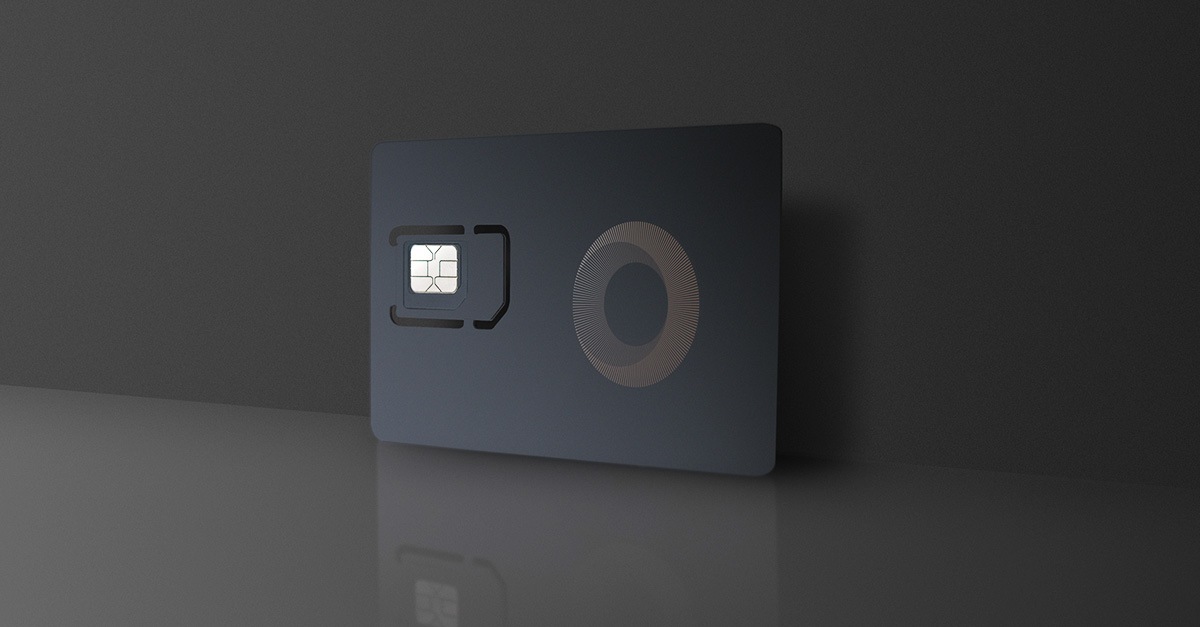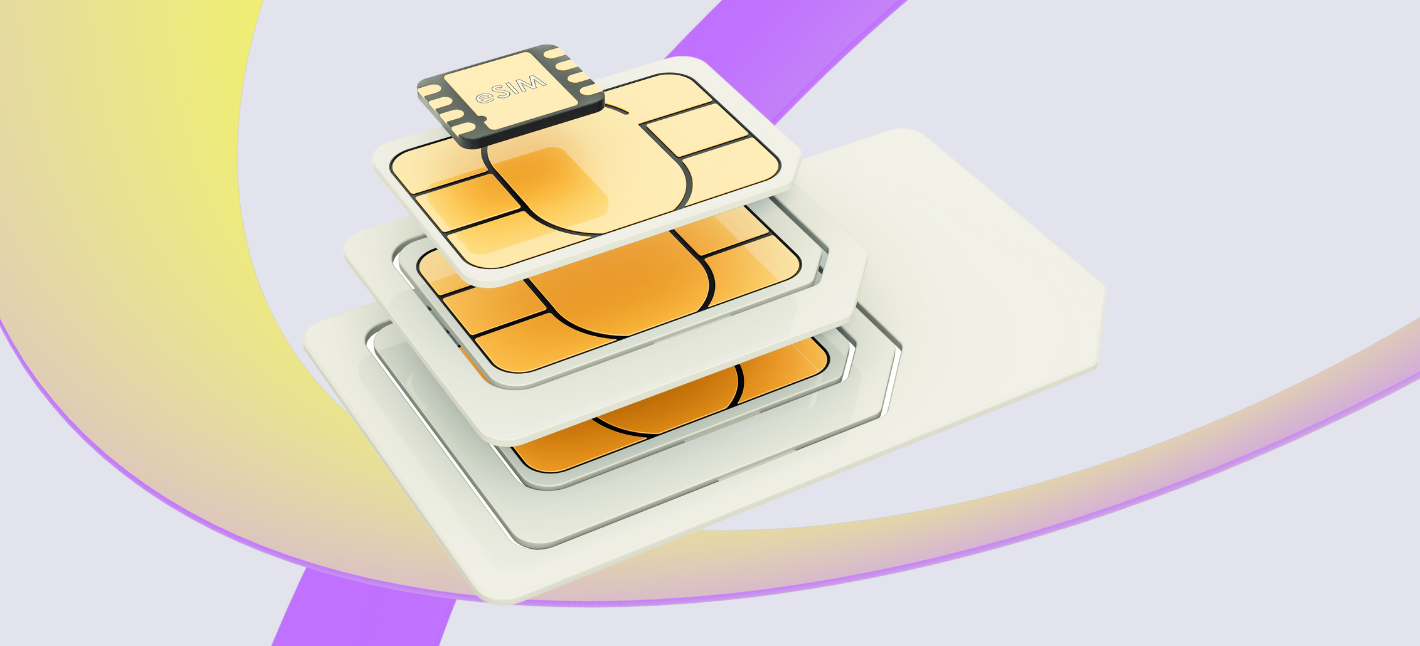Iot Sim Card Global IoT SIM Cards Business
In the ever-evolving panorama of the Internet of Things (IoT), connectivity choices play a important function in determining the success and scalability of various applications. Among the necessary thing contenders are Wi-Fi and Low Power Wide Area Networks (LPWAN), each offering distinct benefits and challenges. Understanding their variations is important for these trying to deploy IoT options successfully.
Wi-Fi know-how, acquainted to most shoppers, offers high-speed web entry throughout a wide selection of units. Its infrastructure is widespread, allowing for immediate deployment in homes, offices, and public spaces. With the proper setup, Wi-Fi can provide high information charges, making it appropriate for purposes requiring real-time knowledge transmission, corresponding to video streaming or extensive information logging.
Despite its advantages, Wi-Fi comes with limitations that may influence IoT solutions. It usually operates within a limited vary, usually round a quantity of hundred ft, depending on environmental elements. This short-range capability will not be sufficient for functions requiring intensive protection, notably in rural or industrial settings. The dense networks of connected gadgets can even result in congestion, affecting reliability and performance.
What Is An Iot Sim Card Global IoT ecoSIM Card
LPWAN, then again, was designed particularly for IoT purposes requiring long-range connectivity. Technologies like LoRaWAN, Sigfox, and NB-IoT fall beneath this category, providing sturdy options for low-bandwidth however high-volume knowledge transmission over vast distances. LPWAN devices can transmit data over a quantity of kilometers, making them best for smart agriculture, environmental monitoring, and asset tracking.
Another critical characteristic of LPWAN is its low energy consumption. Devices can typically run for years on small batteries, making them particularly appropriate for purposes where frequent battery substitute is impractical. Sim Card Per Iot. This functionality allows for distant installations in difficult environments, where common maintenance would be pricey or time-consuming.

Wi-Fi requires constant energy levels and infrequently needs frequent power supply, which can be a hindrance in sure IoT purposes. For example, smart meters or distant sensors that need to be deployed in hard-to-reach areas struggle when tied to conventional power sources. LPWAN provides a breakthrough by permitting long-duration data transmission with minimal energy requirements.
Best Iot Sim Card IoT SIM
The nature of data switch is another area where Wi-Fi and LPWAN diverge. Wi-Fi supports high-bandwidth functions, enabling the transfer of enormous amounts of information swiftly. Streaming videos or transferring giant recordsdata becomes rather more feasible, which is crucial in sure sectors. However, this capability can result in elevated costs and complexities in community management.
Conversely, LPWAN focuses on sending small packets of information at infrequent intervals, fitting completely for monitoring scenarios. Sensor readings, standing updates, and alerts may be pushed periodically without the overhead associated with high-bandwidth techniques. This simplicity not solely improves battery life but also reduces general operational prices.
Sim Card For Iot Narrowband IoT SIM cards

Security is at all times a key concern in IoT deployments. Wi-Fi networks, while usually equipped with strong safety protocols, are still weak to intrusion and unauthorized access. The reliance on established community infrastructures means they usually become targets for malicious activities.
LPWAN supplies a more closed community, usually designed specifically for IoT purposes, which inherently will increase security towards exterior threats. With lower visibility to the public web, these networks can safeguard critical information with heightened protocols. Nonetheless, the specific security measures rely upon the chosen LPWAN expertise and how the system is architected.
Sim Card Per Iot International IoT M2M SIM Card
Deployment costs additionally play a major role in deciding between Wi-Fi and LPWAN. Setting up a Wi-Fi community can contain considerable bills associated to the installation of routers and repeating units, particularly for extensive coverage areas. On the opposite, LPWAN solutions typically require decrease initial investments, primarily because of fewer infrastructure dependencies and fewer hardware.
Choosing the right connectivity method in the end is dependent upon the specific requirements of the applying. If the use case demands high knowledge charges and real-time communication, Wi-Fi may be preferred despite its challenges. For situations demanding long-range protection and low energy consumption, LPWAN is probably going the better selection.
In crafting IoT options, decision-makers should also account for scalability. As the number of devices grows, the network must have the flexibility to deal with increased traffic. Wi-Fi networks can become saturated rapidly, especially in crowded settings, resulting in unreliable connections. LPWAN, with its ability to support hundreds of low-power units throughout giant areas, sometimes demonstrates better scalability.
Exploring hybrid approaches can offer a comprehensive solution for many purposes. For instance, a project might benefit from Wi-Fi for specific tasks requiring high information throughput, while using LPWAN for devices needing long-range and low-power operation. This mixture leverages the distinctive strengths of both technologies whereas mitigating their weaknesses.
Sim Card For Iot Devices IoT SIM card Knowledge Base
The future of IoT connectivity doubtless lies in a extra built-in strategy, the place a quantity of technologies coexist to serve varied wants. The fast innovation inside each Wi-Fi and LPWAN standards suggests a promising evolution in capabilities. Ongoing developments in safety measures, energy effectivity, and cost-effectiveness will proceed to form how organizations undertake connectivity options.
In summary, Wi-Fi and LPWAN symbolize two distinct but vital paradigms in the realm of IoT connectivity. The choice between the 2 hinges on particular use-case scenarios, together with vary, power requirements, knowledge needs, and security considerations. Organizations must fastidiously evaluate these parameters to make informed choices that align with their operational targets. Understanding the nuances of both technologies news will information companies towards efficiently deploying IoT options tailor-made to their distinctive calls for.
- Wi-Fi offers excessive knowledge transfer charges appropriate for applications requiring massive bandwidth, while LPWAN excels in situations needing low data throughput with long-range connectivity.
- The deployment of Wi-Fi ensures easy accessibility in urban areas, but LPWAN is designed to succeed in distant and rural locations the place cellular infrastructure could also be missing.
- Wi-Fi networks usually require extra energy consumption due to steady connection demands, whereas LPWAN gadgets prioritize battery life, typically working for years on a single cost.
- Security protocols differ, with Wi-Fi networks vulnerable to unauthorized access if not properly secured, whereas LPWAN technologies often use built-in encryption mechanisms that enhance information safety.
- Wi-Fi networks sometimes support a limited variety of connected units concurrently, whereas LPWAN can accommodate an unlimited number of units within a single network with out congestion issues.
- The latency in Wi-Fi is minimal, allowing for real-time information transmission, while LPWAN would possibly experience larger latency, appropriate for non-time-sensitive applications.
- Wi-Fi infrastructure can require frequent maintenance and upgrades, whereas LPWAN networks are often easier to handle over lengthy intervals as a end result of fewer parts and decrease complexity.
- Interference from neighboring Wi-Fi signals can have an result on connectivity, whereas LPWAN operates in much less congested frequency bands, improving reliability for IoT purposes.
- Wi-Fi is commonly seen as an indoor connectivity resolution ideal for smart homes and workplaces, whereas LPWAN is best fitted to out of doors functions such as smart agriculture and environmental monitoring.
- Cost implications differ; setting up Wi-Fi networks could be expensive due to hardware wants, whereas LPWAN may provide a more economical and scalable answer for large-scale IoT deployments.undefinedWhat is the principle difference between Wi-Fi and LPWAN for IoT connectivity?
Wi-Fi presents high-speed information transmission over quick distances, making it perfect for functions needing excessive bandwidth. In distinction, LPWAN is designed for long-range communication with low power consumption, best suited for devices that require rare data transmission.
Iot Sim Card India Global IoT SIM Connected Devices
Which use cases are better fitted to Wi-Fi in IoT applications?
Wi-Fi is perfect for city settings where devices need continuous internet access, such as smart house appliances, video surveillance, and high-bandwidth sensors that operate inside quick to medium ranges.
What are the vital thing advantages of utilizing LPWAN for IoT connectivity?
LPWAN excels in intensive coverage, low power consumption, and cost-effectiveness for large deployments. It's especially advantageous for remote monitoring applications like smart agriculture, utility meters, and environmental sensors.
Iot M2m Sim Card IoT SIM vs Normal SIM
How does the energy consumption of Wi-Fi evaluate to LPWAN?
Wi-Fi usually consumes extra energy, especially during continuous data transmission, whereas LPWAN networks are designed for devices that send small amounts of data infrequently, resulting in significantly lower energy requirements.
Iot Sim Card Pricing Ruggedized IoT SIM eSIM

Can Wi-Fi and LPWAN coexist in an IoT environment?
Yes, combining Wi-Fi and LPWAN can be beneficial. Wi-Fi can handle high-bandwidth tasks whereas LPWAN manages low-power, long-range communications, permitting for a flexible and environment friendly IoT ecosystem. Global Sim Card Iot.
What are the security implications of using Wi-Fi vs. LPWAN?
Global Nb-Iot Sim Card IoT SIM Card
Wi-Fi implementations often have stronger, standardized safety protocols however may be extra vulnerable to unauthorized access in congested areas. LPWAN safety can range but generally supplies decreased assault surfaces because of easier communication.
Which technology supports a bigger number of devices in a given area?
LPWAN supports a larger number of devices as a result of its low-power, low-bandwidth structure that may manage connections over vast distances. Wi-Fi, whereas able to handling multiple connections, could wrestle in densely populated environments because of bandwidth limitations.
How does the deployment price of Wi-Fi evaluate to LPWAN?
Sim Card Per Iot IoT SIM card Affordable global connectivity
Wi-Fi could have larger preliminary deployment costs as a result of infrastructure necessities corresponding to routers and access points. LPWAN usually he has a good point includes lower setup prices, significantly when leveraging present networks or decentralized architectures.

What ought to I think about when choosing between Wi-Fi and LPWAN for my IoT project?
Consider the particular necessities of your software: required range, energy consumption, data transmission frequency, and bandwidth needs (Nb Iot Sim Card). Each expertise has its strengths; aligning your selection with these parameters will enhance general efficiency.